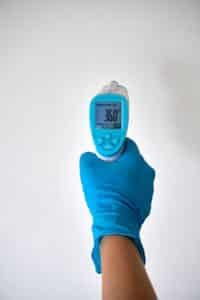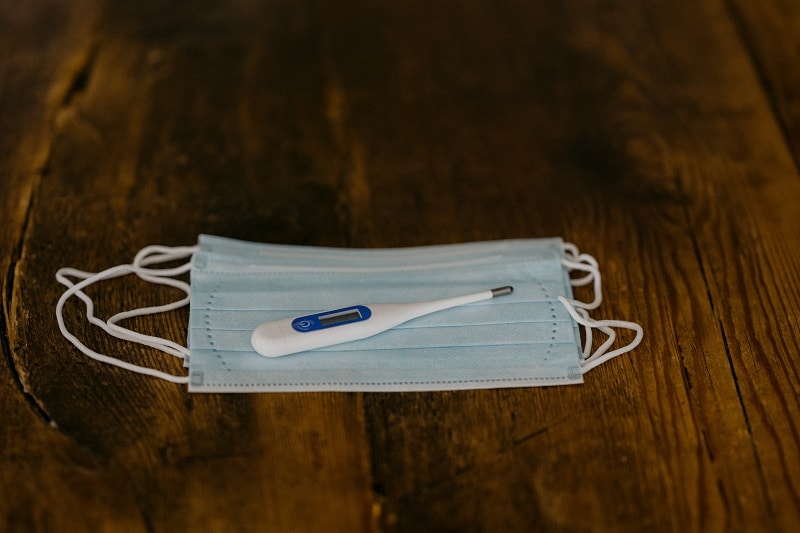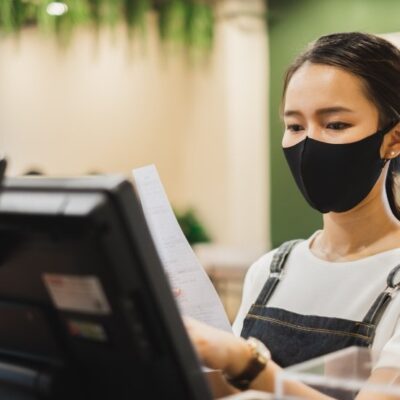Safety precautions such as wearing face masks and gloves have become the new normal, as will the process of taking a customer’s temperature. Evaluating a customer’s health before entering keeps your other customer’s staff safe.
It is one of the easiest ways to determine if someone is under the weather and should not be admitted into public places such as bars and restaurants.
How to Set Up Temperature CheckPoints
You should have a checkpoint at each point of entry. Checkpoints should be at both customer and employee entries. For the checkpoint to operate, you’ll need to designate at least one person per entry, and backups familiar with the process are recommended.
If you’d like to go above and beyond, hold training for every employee. Invest in one or many thermometers available to help you complete the process.
Taking Temperature Tips
This process should be done with kindness and understanding. Post an expectation notice on the door which explains the purpose, process, and reasons for refusal. Explain to the customer that this is happening for their safety. Be sure to ASK the customer; never demand anything.
In between customers, make sure to sanitize anything a customer touches. Refusing service to anyone running a temperature of 100.4 °F [38 °C] or greater is recommended. This temperature threshold is where most reportable illnesses, such as COVID-19, are considered dangerous.
Picking the Right Thermometer
Investing in infrared, non-contact thermometers is one of the most hygienic, economical, and accurate options. These units use infrared to read the temperature of a person’s forehead. Since the thermometer never comes in contact with the customer, it’s considered the most sanitary and accurate method.











Leave a Reply
You must be logged in to post a comment.